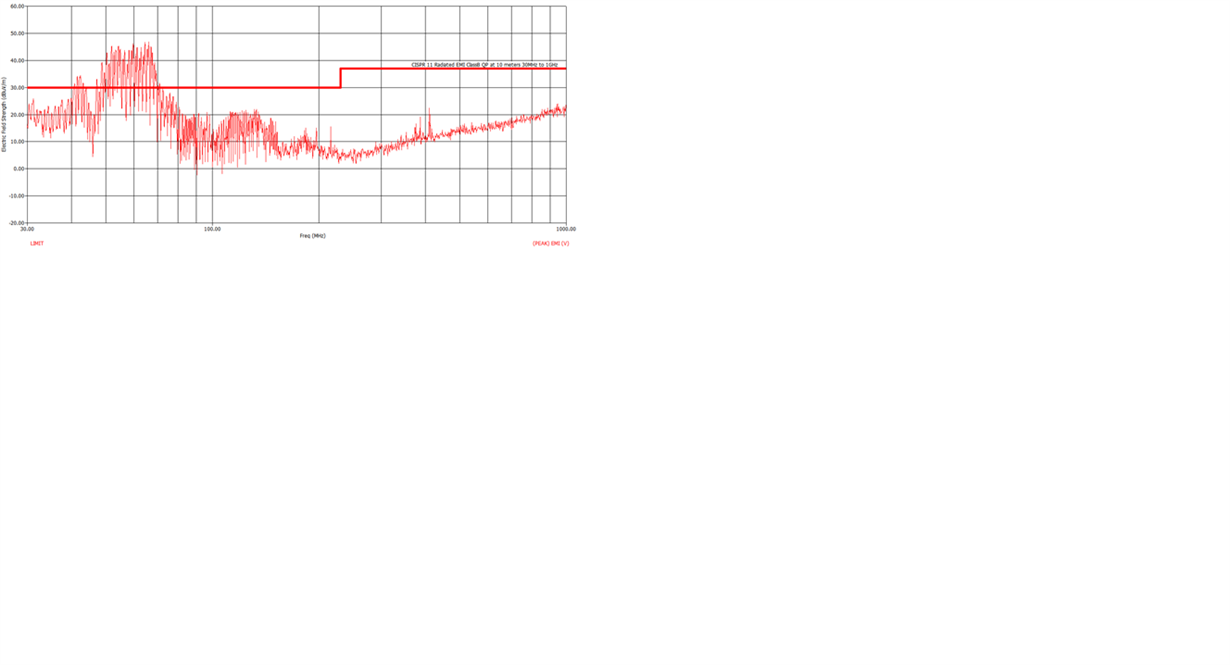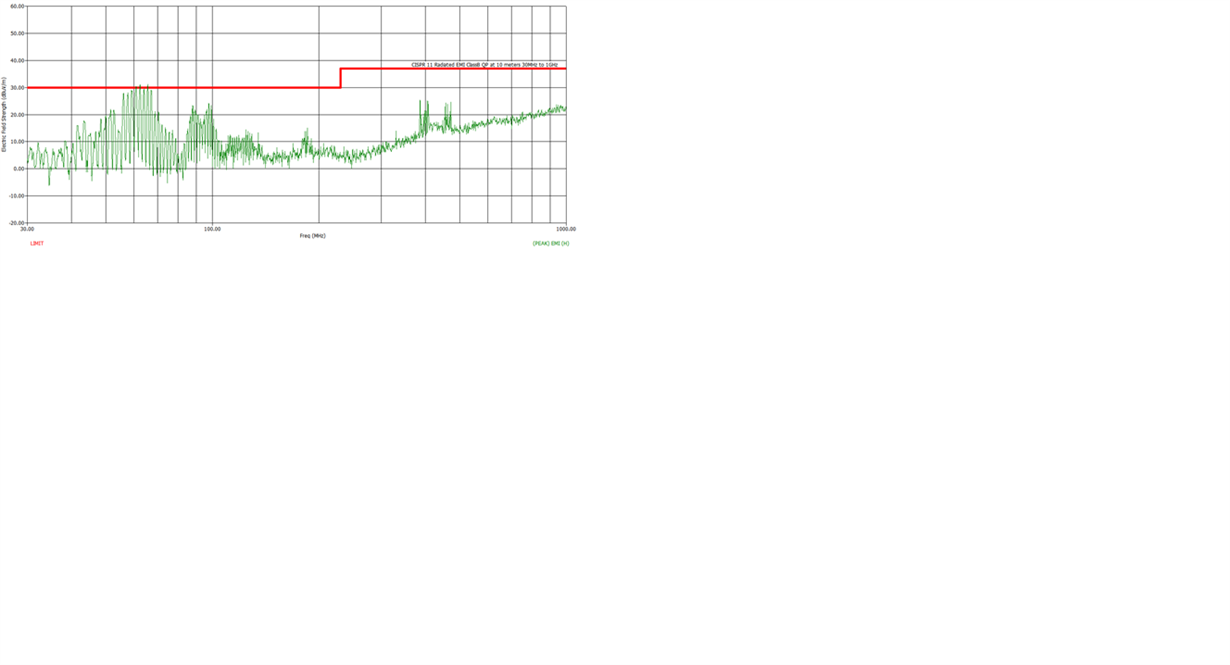Hello
I have designed drv8307 motor driver as same as 8307EVM i finding large current drawn from customized board as compared to EVM board in ln load conditions.
arrangement, Enable- low , Brake - low, DIR - low/ high
given input pwm of 16Khz
in EVM IC555 has pwm of 25Khz
Also some kind of vibrations are found in motor, is this depends on input PWM signal.
Please help me out,
Thanks in advance
Regards,
Adarsh



